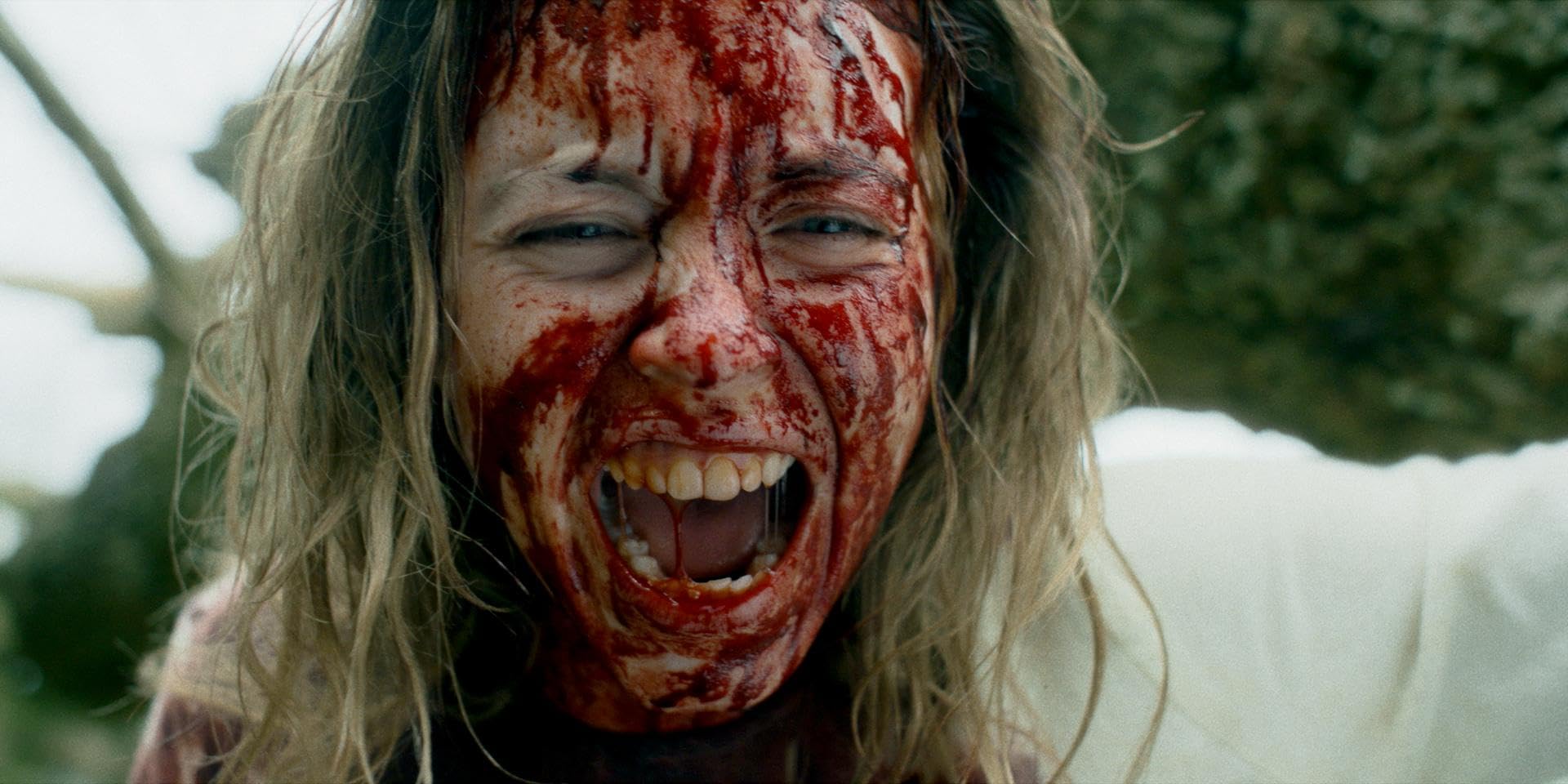Two years ago on a trip to Zamboanga City, I wanted to see Dapitan as well, curious about Jose Rizal’s place of exile. But I was told it was too far to go by land.
If you look at the map, you’d have a sense of just how far it is, south to north. And my recent trip, when I finally got to see Dapitan, showed me that it would take at best six hours by land to go from point to point, traversing several mountains but thankfully on good roads.
How timely that when the country celebrates Rizal’s 150th birth anniversary, a trip to Dapitan was made possible by the Department of Tourism. We were furnished “passports” that pointed out places where Rizal visited, stayed or had some connection to his life or writings. Consider it an accomplishment if you are able to visit the 26 places listed there. In Zamboanga del Norte alone, there are eight sites indicated.
We landed in Dipolog and motored to Dapitan, first to Santo Cruz beach to the Punto del Disembarko de Rizal en Dapitan, or where Rizal landed. The monument has more than a marker; there are huge bronze figures of Rizal, the boat and his guards. Rizal’s group was headed toward the Casa Real, the home of the Spanish military governor Ricardo Carnicero where Rizal was going to stay for a year before he transferred to his estate. The house isn’t there anymore but will be rebuilt, I was told.
Mindanao map
In Dapitan, everywhere you turn, Rizal’s hand can be seen. Near the Casa Real is the plaza which Rizal helped to beautify, planting trees which still stand and creating a map of Mindanao near the church. The map is no longer original because Rizal made the land part with shells that were usually washed away by rains. Soil and grass have replaced those, but the places still bear the old names and the water area is made of cement colored blue.
The map stands in front of the Dapitan Church and a marker inside near the doors states this was where Rizal stood during mass. Not really friends with the Church at the time, our national hero did not really attend mass but merely listened to the homily.
Rizal’s estate looks out into the sea and a forest keeps it cool at the back facing west. It was bought after he won the lotto with two other people (Carnicero included). It contained his house, the school house, clinic, toilet (casitas) and the waterworks. While the original structures are no longer there but were rebuilt according to Rizal’s blueprints, the design and the work involved will make you a believer in Rizal’s genius as well as his luck (albeit negated by his martyrdom).
There are Rizalistas, a cult that believes Rizal is a god, who take care of the place. They were so impressed when Rizal’s great grandniece, Amelia Garcia Yulo, was introduced to them. She traces her ancestry to Narcisa, Rizal’s sister, and this is her first visit as well to Dapitan.
Caretaker
As the sun set, merienda cena was served, all of which were said to be mentioned by Rizal in his letters to his family or in his novels. We zeroed in on the tinolang manok, choosing the more meaty parts rather than the scrawny neck served to Padre Damaso in Rizal’s novel, “Noli Me Tangere.”
There was fish escabeche, tsokolate, suman malagkit and the tinagaktak, the Muslim sweet that is made of strings of batter rolled into a cylinder and called lokot lokot in Zamboanga City. There was salvero, bread made from rice flour and mixed with coconut milk, the texture almost like bibingka.
Perhaps the most memorable, at least to me, was a visit to Rizal’s farm in Katipunan town. It was another parcel of land Rizal bought from his lotto winnings. A monument stands there now, made by one of Rizal’s 12 students in Dapitan.
Fernando Eguia, another student, was designated as caretaker of the farm after Rizal died. It was later sold by Rizal’s sister Trinidad to Fernando’s son, Crisostomo, now in his 90s but who was there that day with his son, also Crisostomo, the mayor of the municipality.
The elder Eguia is one of 15 children, all of whom were named after characters in Rizal’s Noli Me Tangere. He told us that his father and the other students knew when Rizal was angry because his hair would curl. And that his father witnessed Rizal’s execution, traveling all the way to Manila to be with his teacher.
‘Merienda’
As in all celebrations, food had to be there. Servers in Subanon costume (the indigenous tribe of the Zamboanga Peninsula) enumerated what we were going to have as soon as the opening ceremonies at the Katipunan plaza marking Rizal’s birth anniversary were over. Merienda of cassava cakes (kamanting), suman, boiled camote and saba, and small flower-shaped bibingka were served with tsokolate.
From Zamboanga del Norte that the province decided to shorten to ZaNorte, we headed toward Zamboanga del Sur. We stopped at Ipil town which is now part of Zamboanga Sibugay, another province I didn’t even know about, making three Zamboangas in all.
The Tourism office of Region IX wanted to show us that Ipil had been rebuilt from the ashes after it was burned by the Abu Sayyaf 10 years ago. Local officials hosted lunch of fat crabs, excellent tuna kinilaw, tender sea cucumber (locally known as balat) and they jokingly referred to their place as “fishful” to underscore both the fact that seafood here is plentiful and good and the peaceful situation the place now enjoys.
From there, we would make our way to Zamboanga City. But that would have to wait for another column.
Email pinoyfood04@yahoo.com











































